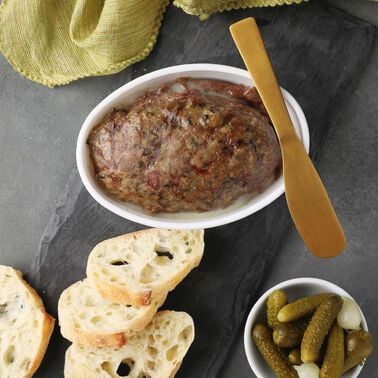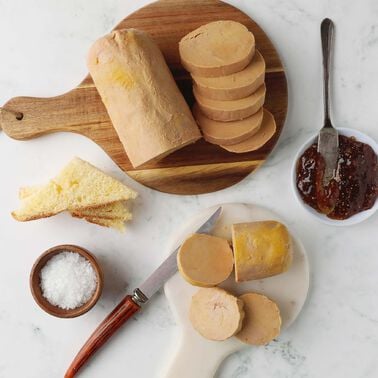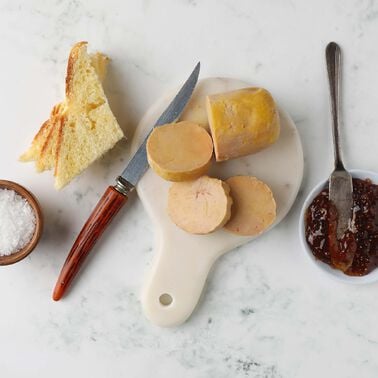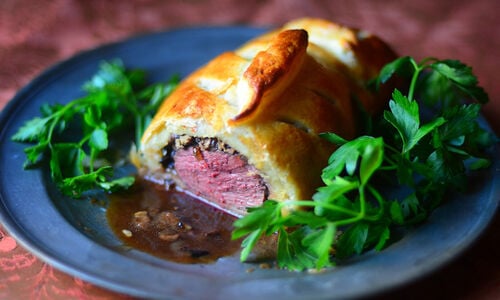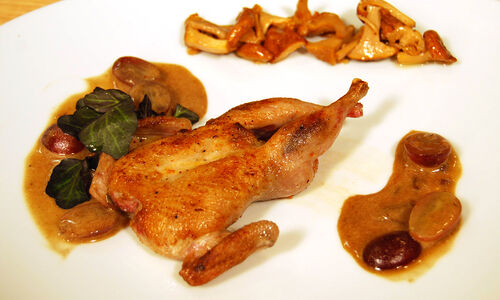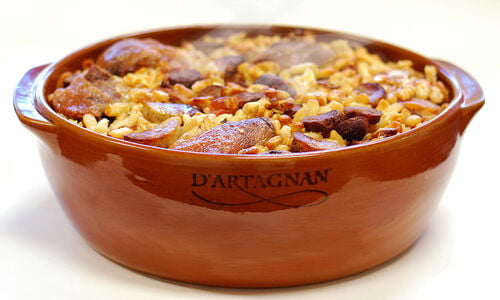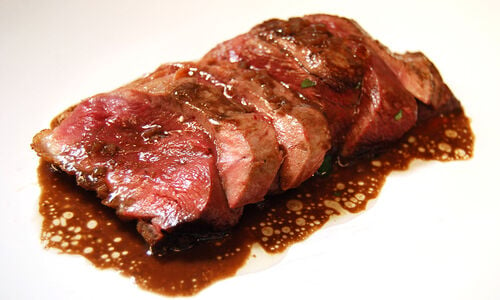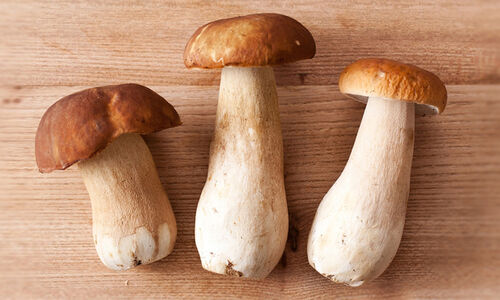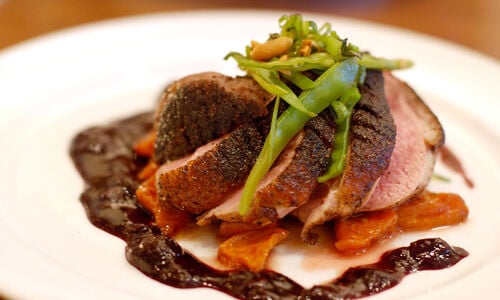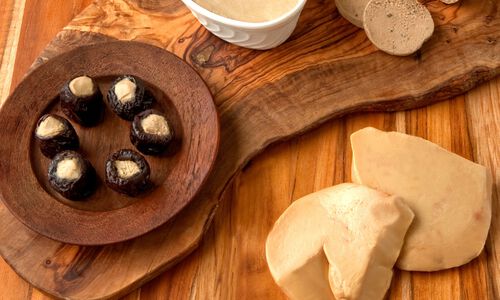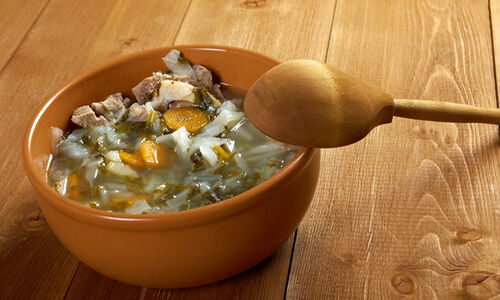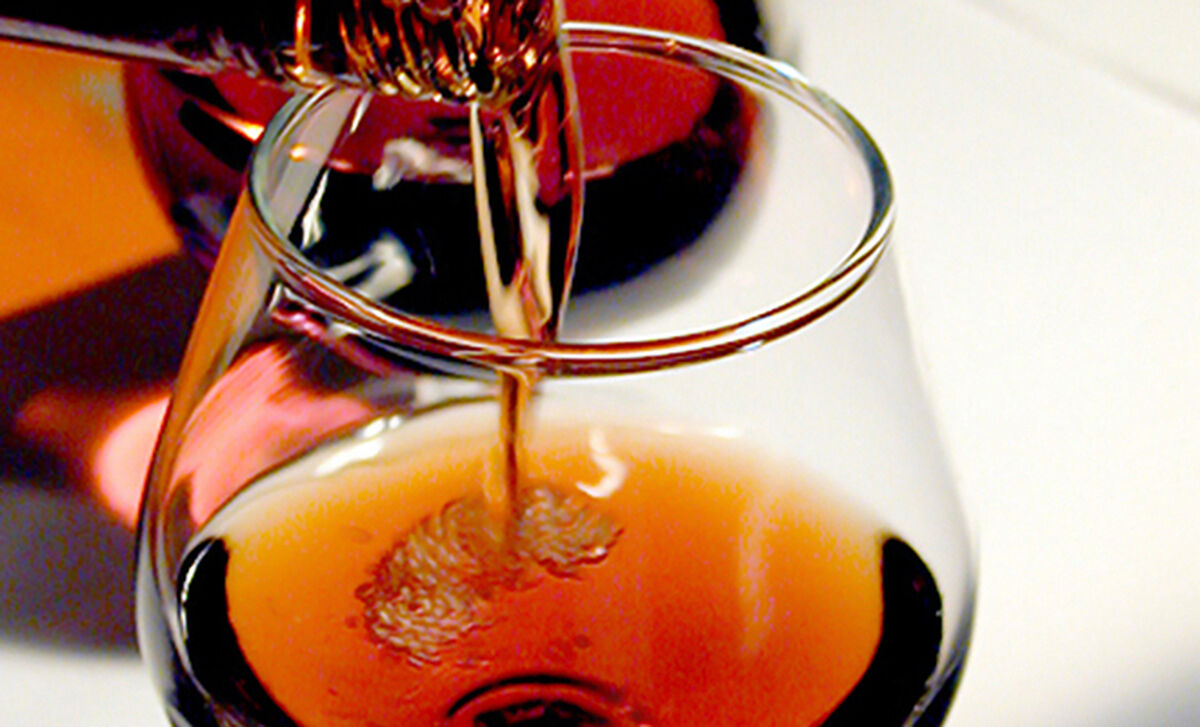
The Pride of Gascony
Armagnac brandy is the oldest distilled in France and it is produced only in the Armagnac region, which lies between the Adour and Garonne Rivers in the foothills of the Pyrénées and was granted AOC (Appellation d'Origine Contrôlée) status in 1936.
Do not mistake Armagnac for Cognac, especially around a Gascon. The brandies of Armagnac are not as famous as Cognac, as they are still made and sold by artisanal producers, whereas Cognac production has been largely taken over, and promoted, by major international brands.
So what’s the difference between them? In her definitive book, “The Cooking of Southwest France,” Paula Wolfert quotes Chef Alain Dutournier on the subject: “Cognac is dependable, but Armagnac, like the Gascons who make it, is more forceful, more complicated - even excessive at times - and more exciting.”
It Begins with the Grapes
Armagnac, like Cognac, begins with the wine grapes of Gascony: Folle Blanche, Ugni Blanc, and Colombard. The wine is then single-distilled in column stills, as opposed to Cognac which is distilled twice, and in pot stills. The depth of flavor that makes Armagnac distinctive comes from long aging in black oak casks. This process mellows the liquor and allows complex notes and aromatics to develop. When the Armagnac reaches 40% alcohol it is taken out of the oak casks and poured into large glass bottles for storage, at which point it stops aging.
Quality in Armagnac is based on four things--the origin of the grapes, the distillation process, the length of time the liquid is aged in oak casks, and the blend created by the distiller. Most Armagnac is a blend of vintages, and the date on the bottle will reflect the youngest wine in the blend. If it says VS on the label, the Armagnac has spent at least two years aging in oak; VSOP and Reserve labels indicate five years; and for XO, at least six years, and Hors d'âge at least ten years. The older the Armagnac, the more complex the flavor will likely be. Armagnac should be stored vertically to avoid contact between the alcohol and the cork. Once opened, a bottle should stay drinkable for years, if you can make it last that long.
Cooking with Armagnac
Armagnac is not only an earthy, velvety, and fiery drink, it is frequently used in Gascon cooking. Found in pâtès, as a marinade for prunes, whipped into ice cream, baked into cakes, or partnered with foie gras, in sauces and for the ultimate flambé, Armagnac is a cornerstone in Gascon cuisine and life. It pairs well with duck, that other Gascon favorite, and it can be found in our Duck and Armagnac Sausage.
The Trou Gascon
Blanche Armagnac, formerly known as eau de vie (water of life), was granted AOC status in 2005. This white Armagnac is aged is steel tanks for only a year or so, which means it never develops the toasty notes and amber color that Armagnac is known for. Blanche Armagnac is a farmhouse product that distillers have enjoyed as a lighter and brighter cousin to the rest of the brandy aged in oak casks. Blanche Armagnac has long been used mid-meal at Gascon feasts to cleanse the palate and prepare the stomach for the courses to come. Called a trou Gascon, meaning “Gascon hole,” it is served ice cold in small glasses and drunk in one swift gulp. Blanche Armagnac is a lively spirit with fruit and floral aromas, somewhere between vodka and gin, and fast gaining new fans internationally in the mixologist scene, where its versatility is appreciated. It can be used in place of vodka in mixed drinks or sipped alone.

